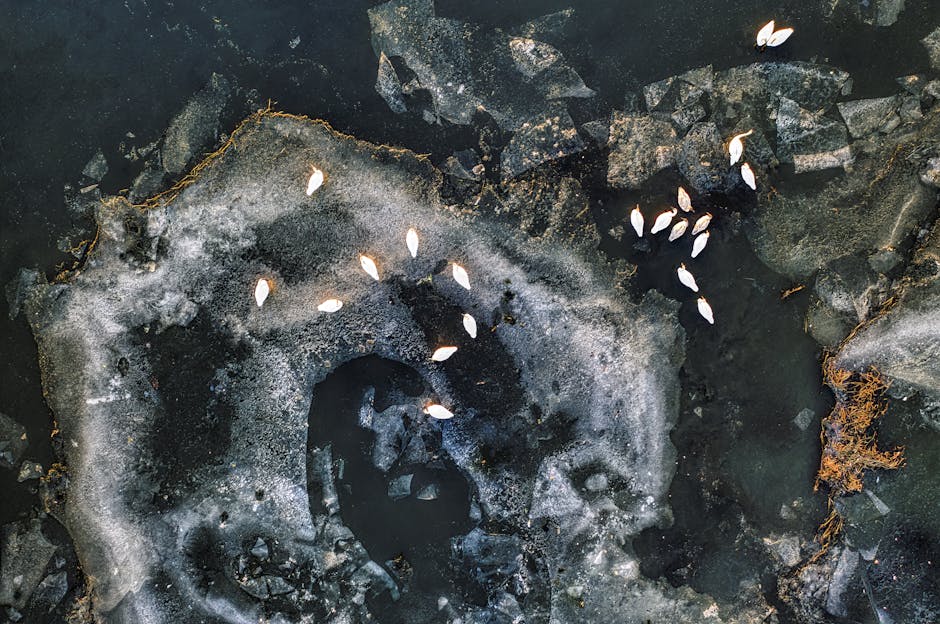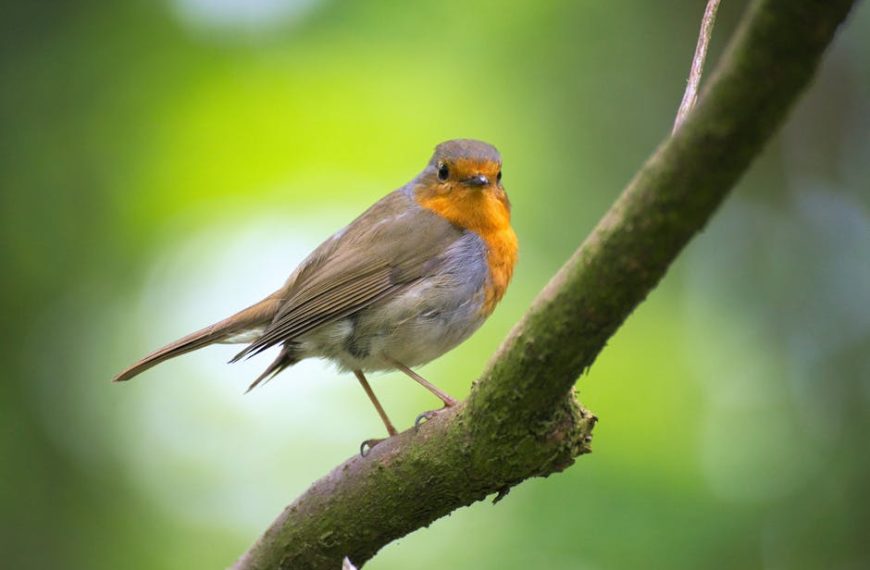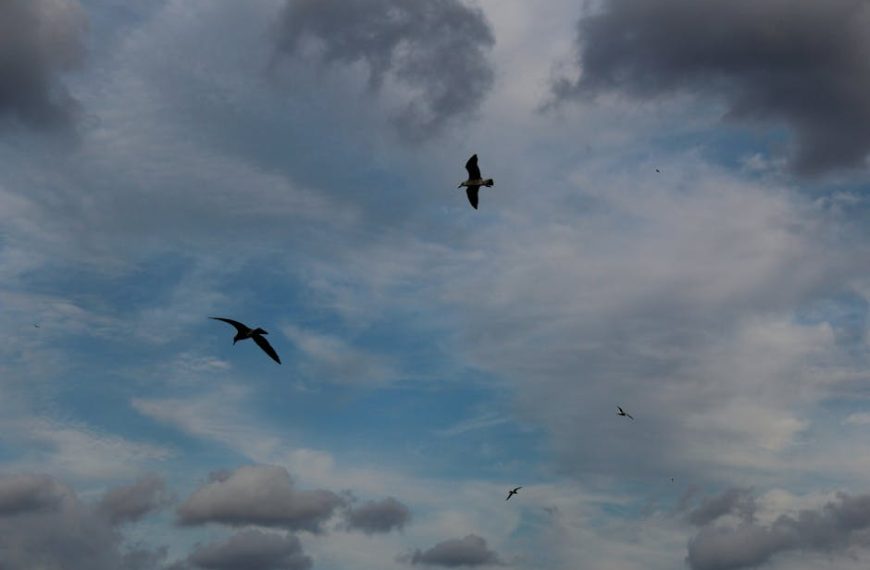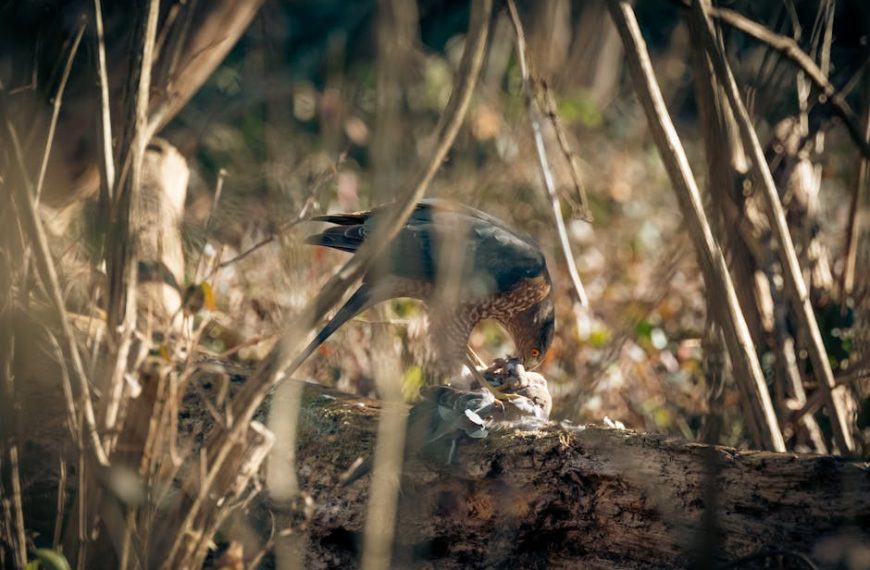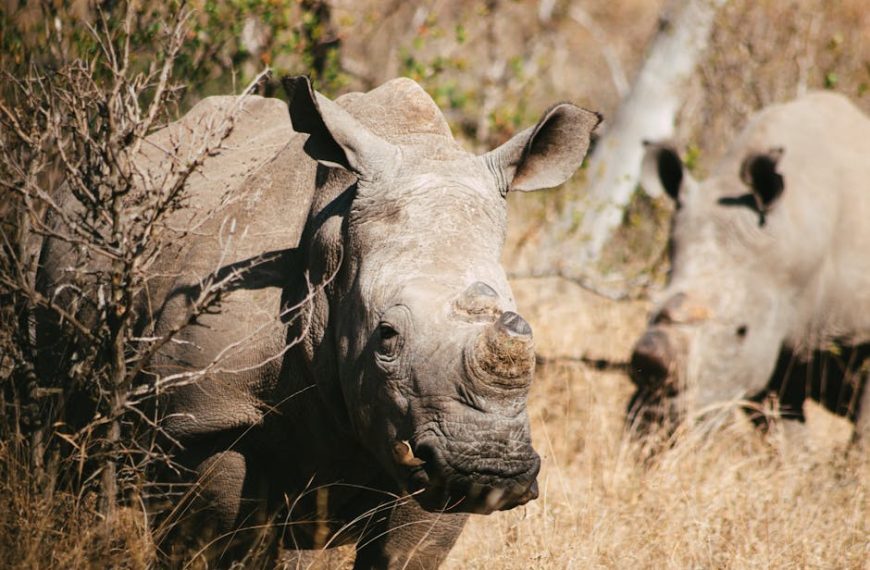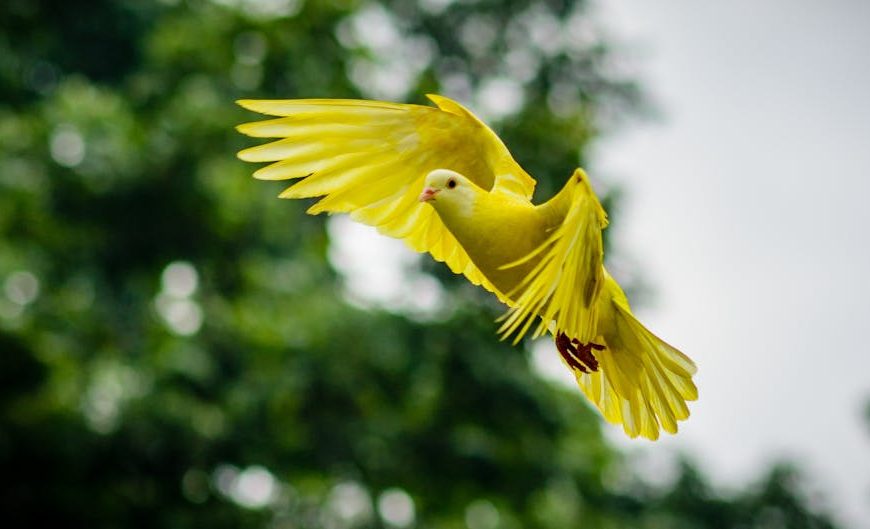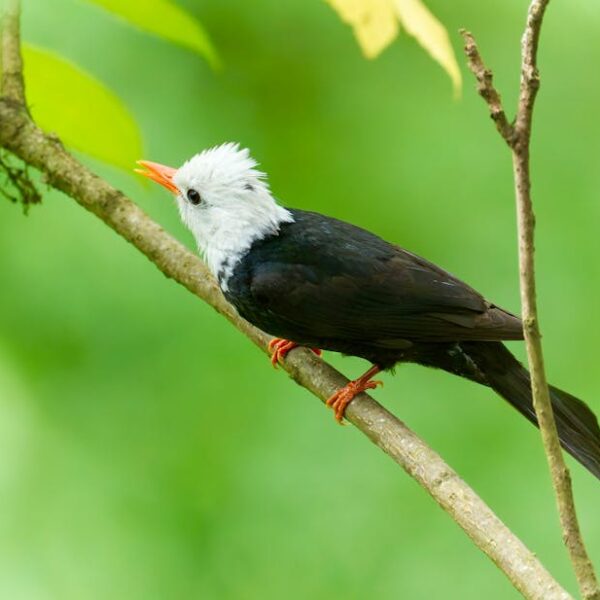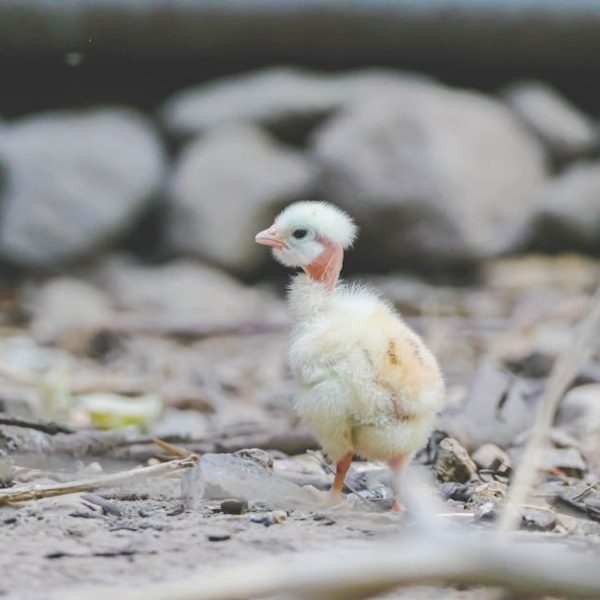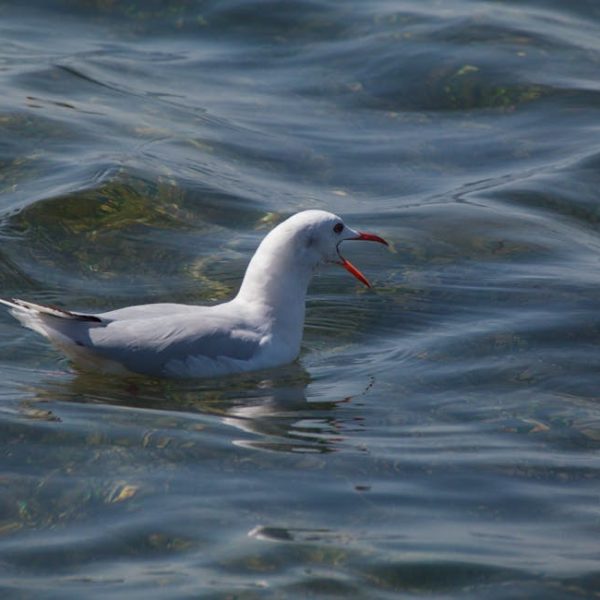Welcome to the land of ice and snow, the magnificent Arctic, home to some of the most resilient species on Earth. As a frigid wilderness rendered almost unattainable for the human population, this frozen belt of Earth has developed an enigmatic relationship with its unique congregation of birds. In this article, we embark on a journey to unveil the secrets of these feathery inhabitants thriving in the chilling Arctic expanse.
Adaptations of Arctic Birds
Imagine for a moment, surviving in an environment where temperatures often plunge below freezing, where food resources are sparse, and where sunlight vanishes for months at a time. How could any life endure such punishing conditions? The answer lies in the fascinating world of biological adaptation.
Arctic birds, over millennia, have developed remarkable physical and behavioral traits to survive the relentless cold. Adaptations such as a perfected layer of insulating feathers, body fat that acts as a protective coat, and the ability to drop their metabolic rate drastically during the long, cruel winters are some examples. Furthermore, adopting a diverse diet and being incredibly resourceful are survival techniques these avian wonders have mastered.
Pro tip:
Boost your birdwatching adventure by understanding these adaptations. For instance, observe the feather layering of Arctic birds in contrast to that of the species you commonly encounter at home.
Types of Birds in the Arctic
When we look at the variety of birds that have made the Arctic their home, it’s amazing to see that they form a distinctive yet diverse group. From sea birds such as the Northern Fulmar to raptors like the Snowy Owl, and land birds including the Gray-headed Chickadee, the Arctic region boasts astonishing diversity.
- Sea Birds: Northern Fulmar, Thick-billed Murre, Atlantic Puffin
- Land Birds: Snow Bunting, Lapland Longspur, Gray-headed Chickadee
- Predatory Birds: Snowy Owl, Arctic Jaeger, Gyrfalcon
What binds them together is their shared affinity for this extreme environment, and yet each exhibits a distinctive set of characteristic traits that set them apart.
Pros and Cons:
While Arctic birds bask in the glory of having a relatively predator-free environment, and utilizing unique feedings grounds, they also endure severe challenges such as intense cold, perpetual darkness, and scarcity of food during winters. Contrasting to this, non-Arctic birds enjoy stable climates and plentiful food sources all year round, but they invariably face more predators and human disturbances.
Now that you have a rudimentary understanding of Arctic bird life let’s delve deeper into fascinating aspects like their breeding habits, migratory patterns and more in the sequent sections.
Breeding and Nesting in the Arctic
Birds in the Arctic follow decidedly unusual patterns when it comes to breeding and nesting. Where most birds would breed and raise offspring in spring or summer, Arctic birds such as the Snow Bunting start nesting when temperatures can still reach below freezing. They seek rocky crevices or burrow into the snow to protect their eggs and young ones from the harsh cold.
Best Practices:
While observing Arctic birds during their breeding season, it is critical to minimize disturbance. Keep a respectful distance from nesting birds and use binoculars for close-up views. Also, remember to never touch nests or eggs.
Let’s look at the nesting habits of the various Arctic bird species.
| Species | Nesting Habits |
|---|---|
| Snow Bunting | Nests in rock crevices or snow burrows |
| Puffin | Nests in burrows in cliffs |
| Snowy Owl | Nests on the ground, often in open areas |
Migratory Patterns of Arctic Birds
Arctic bird species have some of the most extraordinary migratory patterns found in the bird world. With the Arctic climate becoming hostile during the brutal winter months, many birds choose to migrate south to warmer regions. Such migratory journeys span thousands of kilometers, with some birds like the Arctic Tern covering an unimaginable 25,000 km from the Arctic to Antarctica!
Checklist:
When studying Arctic bird migration, take into account these influential factors:
- Availability of food sources
- Weather conditions
- Breeding season
- Predation risk
Most Arctic birds tend to follow specific migratory routes, often returning to the same nesting grounds every year, an amazing navigation feat that continues to puzzle scientists.
Threats to Arctic Bird Population
Despite their unparalleled resilience, Arctic birds are not immune to the threats resulting from human activities. Climate change, causing rapidly melting ice and altering weather patterns, poses significant challenges to the survival of these species. Pollution, particularly oil spills, can harm birds directly or disrupt their food chain.
Pro tip:
Help protect these incredible species. By reducing, reusing, and recycling, you too can contribute to lessening the impact of pollution. Actions like supporting renewable energy and eco-tourism can also make a difference.
Given the unique set of threats to various Arctic bird species, let us examine the impact that they pose to each species.
Suggestions for Arctic Birdwatching
For birdwatching enthusiasts, the Arctic offers a singular trophy – the opportunity to witness species rarely seen elsewhere. But remember, birdwatching in the Arctic requires more preparation than casual bird sightings in your backyard.
Checklist:
Essential items for your Arctic birdwatching trip:
- Binoculars or telescope
- Bird identification guide specific to the Arctic
- Warm, protective clothing
- Reliable camera (optional)
- Mobile app for tracking and identifying birds
Pro tip:
The best time to go birdwatching in the Arctic is during summer, when birds are in their breeding season and migratory birds have returned. Prime birdwatching locations include the coastal cliffs of Iceland for Puffins, Alaska for Snow Geese, and the tundra of Canada for Snowy Owls.
Now that we have shared some fascinating insights about Arctic bird life and tips for an unforgettable birdwatching experience, it’s time for you to embark on your Arctic adventure!
Key Takeaway:
- Arctic birds have evolved remarkable physical and behavioral traits to adapt to the harsh cold, including insulating feathers, protective body fat, and an ability to lower their metabolic rate during winter.
- The Arctic supports a diverse range of bird species, with each species exhibiting distinctive traits and adapting to the environment in unique ways.
- Arctic bird species have exceptional migratory patterns, often covering thousands of kilometers to warmer regions during the brutal winter months.
- Numerous threats from human activities, including climate change and pollution, pose significant challenges to the survival of Arctic birds.
- Arctic birdwatching requires proper preparation and respect for the environment, but it offers a unique opportunity to witness rare species and behaviors.
The awe-inspiring survival and adaptations of Arctic birds remind us of the extraordinary resilience and beauty of nature. We have a responsibility to protect these incredible species and their habitats, and each of us can make a difference by adopting sustainable practices in our daily lives. Embarking on an Arctic birdwatching journey offers a wonderful opportunity to deepen our understanding of these feathered marvels and to reflect on our role in their preservation.
FAQs
Q: Do all Arctic birds migrate during the winter?
A: Not all birds migrate during winter. Some, like the Snowy Owl and Ptarmigan, have adapted to survive the harsh Arctic winter and stay year-round.
Q: How do Arctic birds find their way back to the exact nesting location every year?
A: Despite extensive research, it’s still a mystery how birds navigate so accurately. It’s believed they use a combination of the sun, stars, landmarks, and Earth’s magnetic field for guidance.
Q: How is the Arctic birdwatching experience different from other regions?
A: The Arctic offers a unique chance to observe bird species that are found nowhere else in the world, along with their distinctive behaviors and adaptations.
Q: Is there any specific etiquette I should follow during Arctic birdwatching?
A: Keeping a respectful distance from birds, especially during breeding season, is critical. Touching nests or eggs is discouraged.
Q: What impact do human activities have on Arctic birds?
A: Human activities such as pollution, climate change, and habitat destruction pose significant threats to Arctic bird populations.
Share this article with your fellow bird enthusiasts and continue exploring fascinating bird life through more posts on our site.
